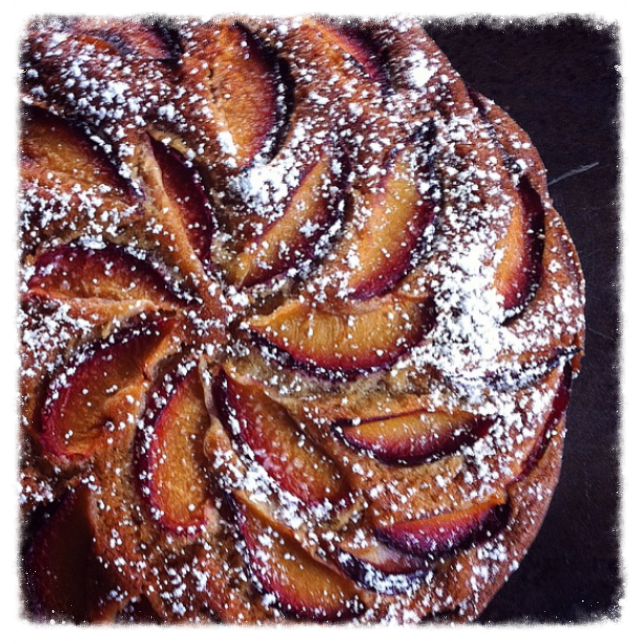A Cleansing Miso Soup Recipe
Whenever I need a cleanse of sorts, I return to making miso soup. It’s light and earthy which helps ground me when life feels overwhelming. It’s my post-holiday go-to dish when my diet needs a reboot or anytime I’m craving a dose of self-care. You could say it’s my peaceful moment maker where just a few simple garnishes equates to a pot of calm.
My vision of miso soup blurs the lines between soup and tea. Yes, yes, yes… Technically it's soup but it's so forgiving in it's comfort that it deserves a place in our hearts along with coffee, tea, and other moments of cherished rituals. Just make the dashi, or stock, you can easily turn out miso soup in minutes! Below are the details for how I like to make mine.
Ingredients
- 2 large pieces of kombu
- 2 cups bonito flakes
- 6 cups water
- 2 tsp wakame (chop this up while still dry for smaller pieces)
- 1/2 cup of firm tofu cut into small cubes
- 1/4 cup white miso (you can use red but I prefer the white)
- 2 scallions, thinly sliced (garnish)
- 2 button mushrooms, thinly sliced (garnish)
Directions
- Begin making the dashi, or stock, by soaking the kombu in the 6 cups of water for 30 minutes in a large pot.
- After soaking, bring the Kombu up to boil and then immediatly remove the pot from heat.
- Remove the kombu from the pot and discard.
- Stir in the bonito flakes so they completely submerge.
- Gently simmer for 5 minutes, then remove from heat and let steep for 15 minutes. (See? It's like tea!)
- After steeping, strain the dashi through a fine mesh sieve. (Do not press on the bonito flakes.)
- Return the dashi to the pot and add the tofu and wakame and heat to a gentle simmer.
- Remove from heat and submerge a fine mesh sieve into the soup to add the miso. (Miso is rather granual and the sieve will help catch any larger bits as you stir it in.)
- Taste the broth and make adjustments by adding more miso if necessary
- Serve into bowls (or tea cups?) topping each with a sprinkle of scallions and a mushroom slice.
I encourage you to explore your version of miso soup often, especially after the holidays or any time the stresses of life become too much, and you need to restore a sense of calm. Think of it like a soup meditation where you sip your way to restorative health.
The end.











